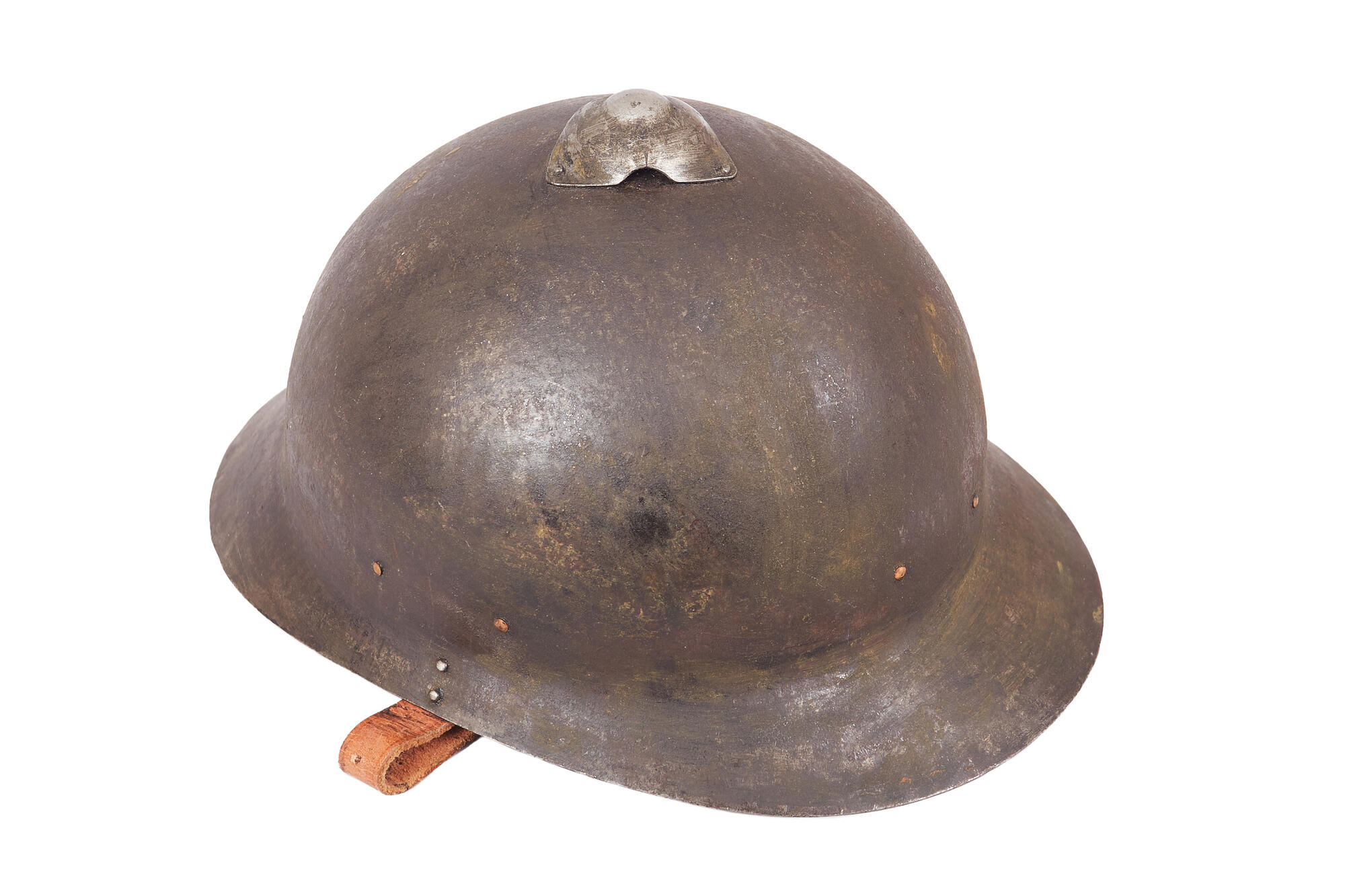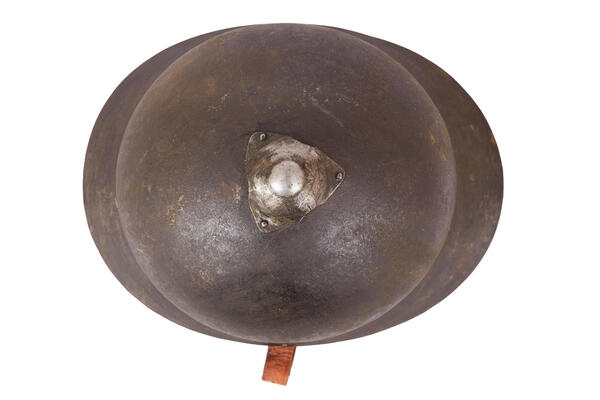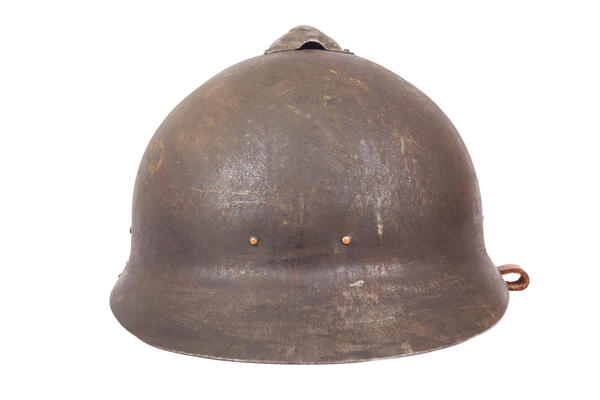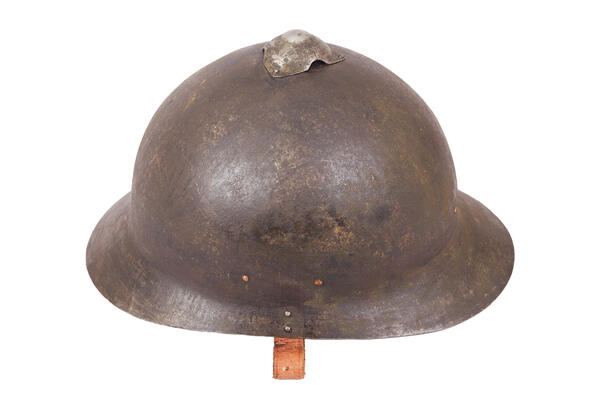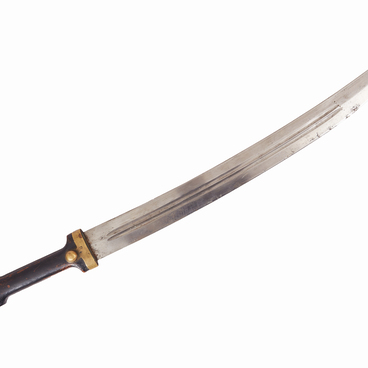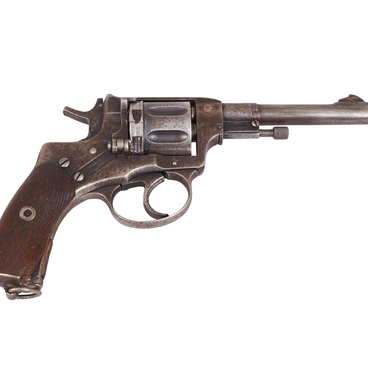The Imperial Russian Army, as armies of other participants of the First World War, did not use protective helmets at the initial stages of the conflict. The first helmets that entered service with the Imperial Army were Adrian helmets, purchased in France. In 1915, the Russian Empire decided to develop its own model of a protective helmet.
Initially, engineers attempted to copy the French helmet, but tests revealed many of its shortcomings. A major disadvantage was its vulnerability: it could be pierced by revolver bullets “at any distance”.
The first trial batch of domestically produced helmets in the amount of 100 pieces was released by the “Granata” partnership at the end of 1916 and delivered for testing. The helmet was highly bulletproof and made of “shovel” steel. The Browning pistol could not penetrate it even at a distance of five paces. Mass production of these helmets began in 1917, and the first 50,000 copies were made in Helsingfors (now Helsinki) at the Sohlberg factory, that is why in modern publications the helmet is often referred to as M-1917 or, informally, “Sohlberg”.
In documents of that period, the helmets were also called “French-type helmets made of shovel steel.” However, as the technical specifications were approved on December 23, 1916, it is more correct to call the helmet a “model 1916”. The helmets were produced at several factories: the Zelenov and Zimin plant in Samara, the Spielberg plant in Kharkiv, the “Stamp” plant in Nakhichevan, and others. But by September 1917, only the Helsingfors factory and the Saratov plant were able to release them.
The helmet could be shaped to one’s head: three shell sizes and nine liner sizes were provided, with a head circumference from 54 to 62 cm. The sizes were selected using a corrugated metal gasket, and the liner was made of moleskin. In the spring of 1917, a warm lining made of overcoat fabric (containing cotton wool and coarse calico) was developed.
In total, over seven million helmets were
commissioned, but only around 300,000 were produced. The first helmets entered
service with some regiments fighting on the Northern and Western Fronts,
apparently, by the summer of 1917. Subsequently, the helmets that were in
warehouses were adopted by units of the Red and White Armies, and after Finland
officially declared independence were used by its armed forces and fire
departments. After the Russian Civil War ended, the helmet was in service with
the Red Army until the late 1930s.
